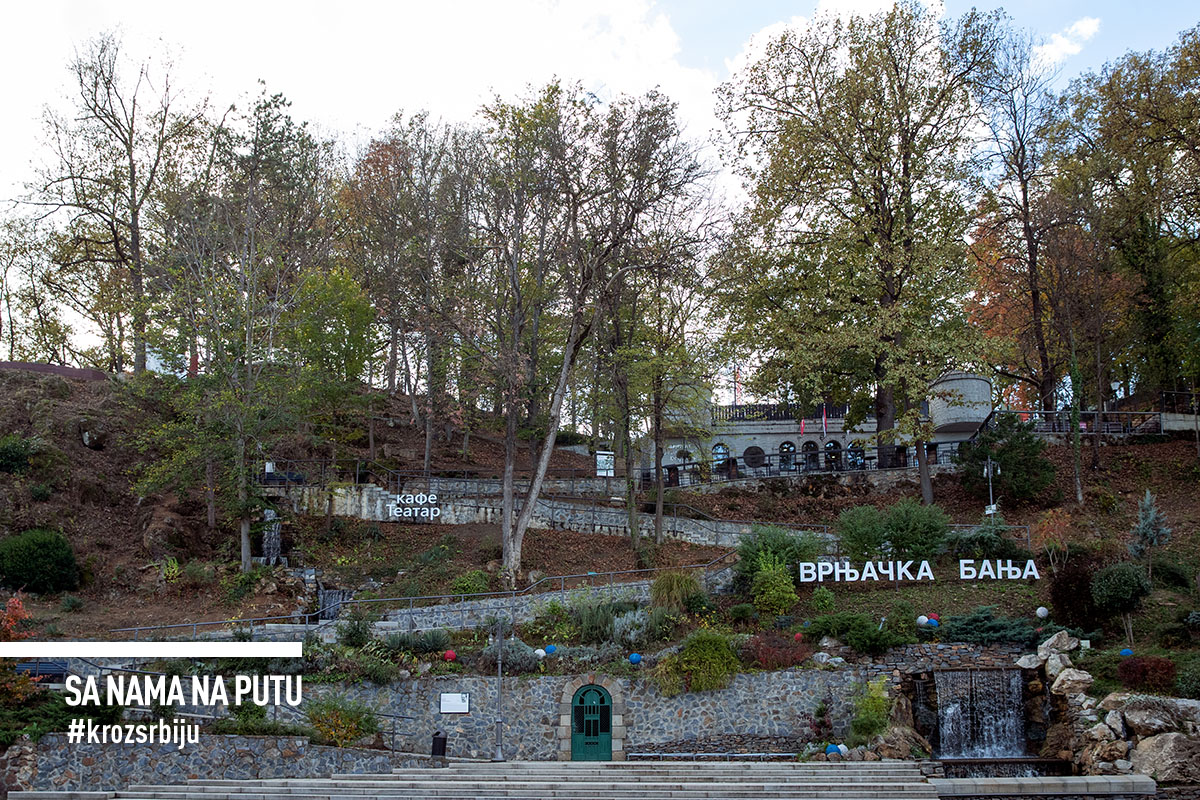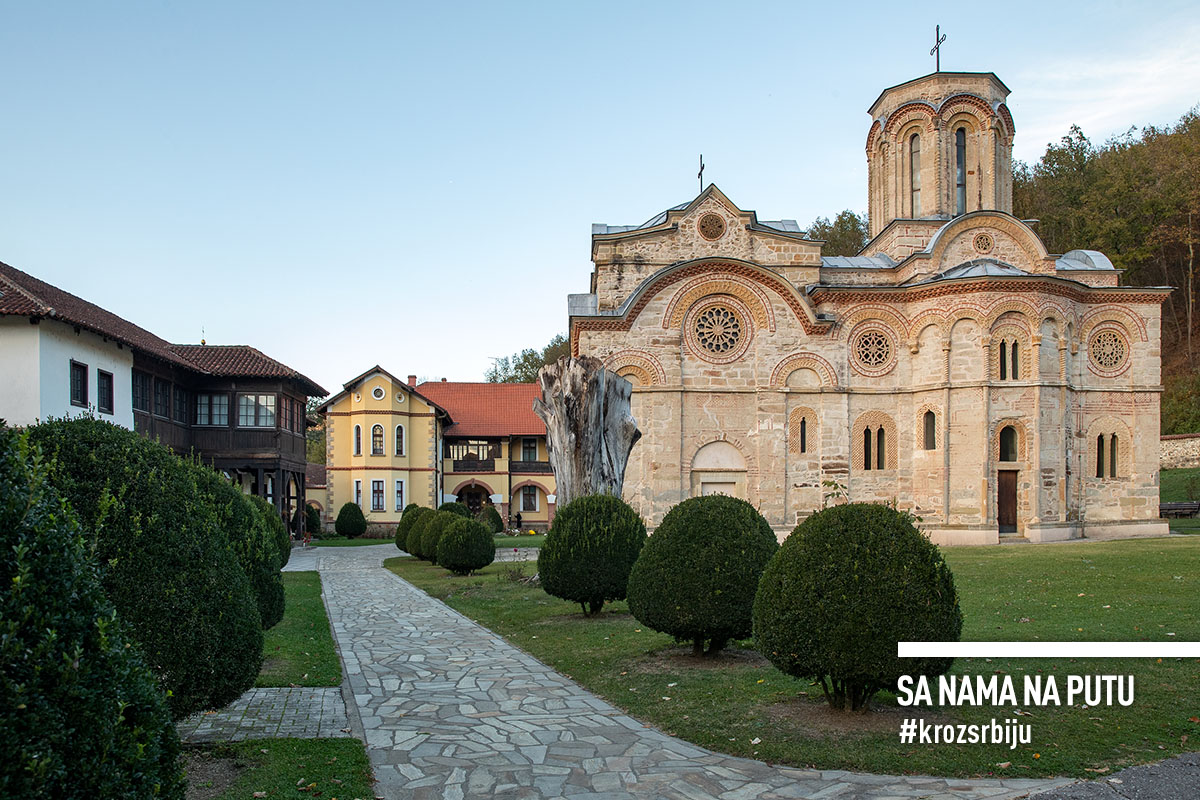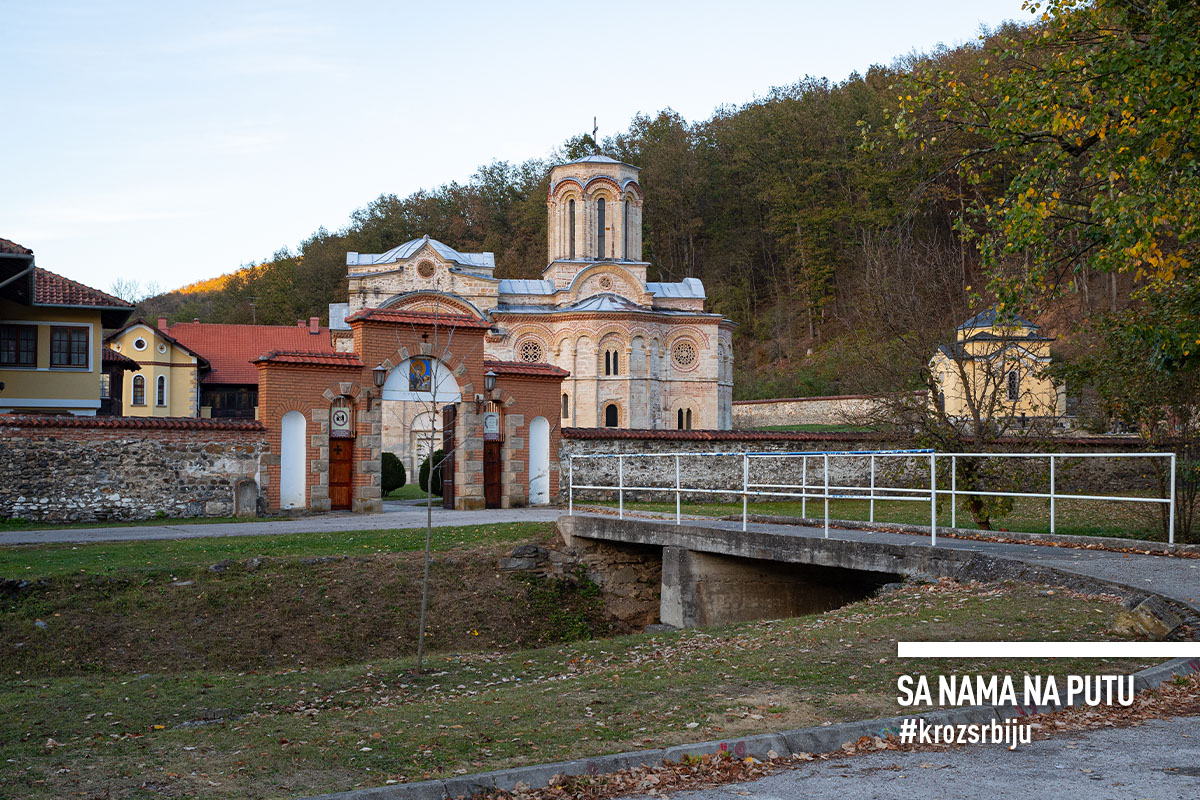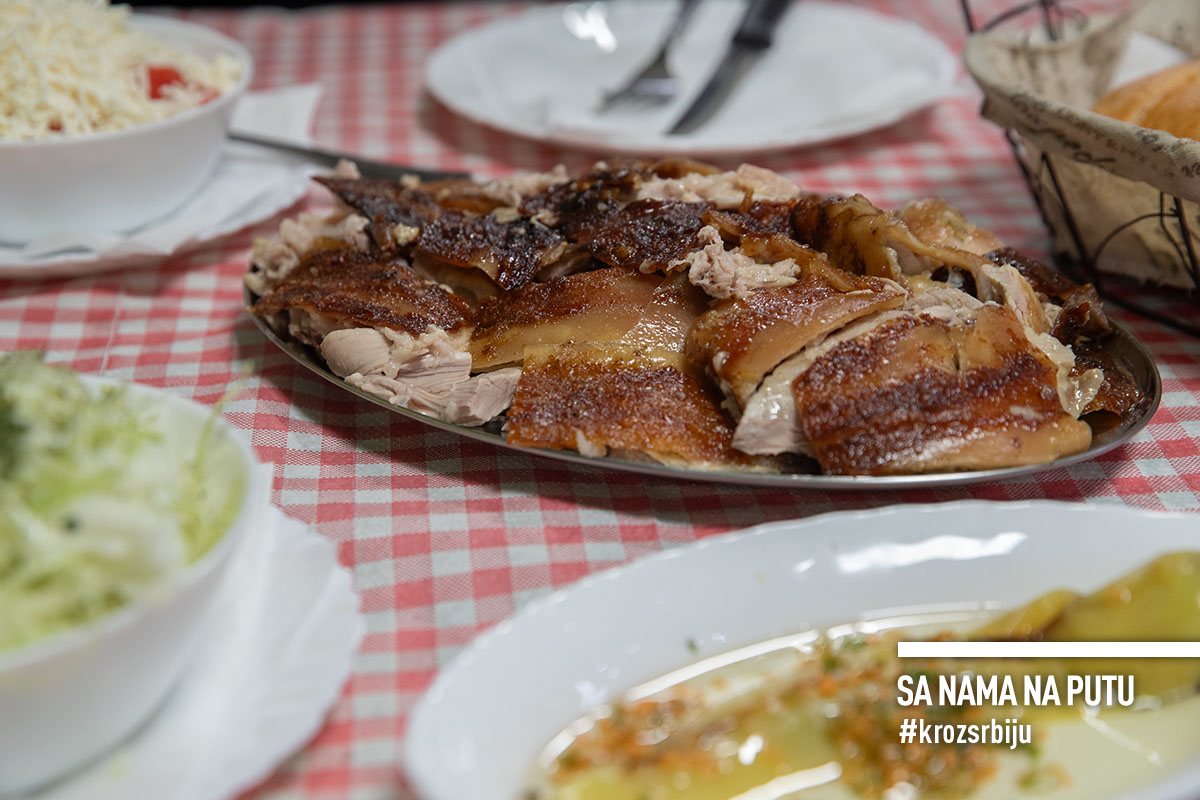Serbia has long been famous for its healthful springs and spa resorts. In the summer, multitude converge on them instead the seaside. There are meteorologists who predict, in the foreseeable future that these resorts might replace many ski centres, as there will be less snow. Serbia could benefit from this gloomy forecast. However, the question is whether the undisputed queen of this country’s spa tourism is ready to offer a year-round quality and entertaining stay? We explored Vrnjačka Banja in late autumn.
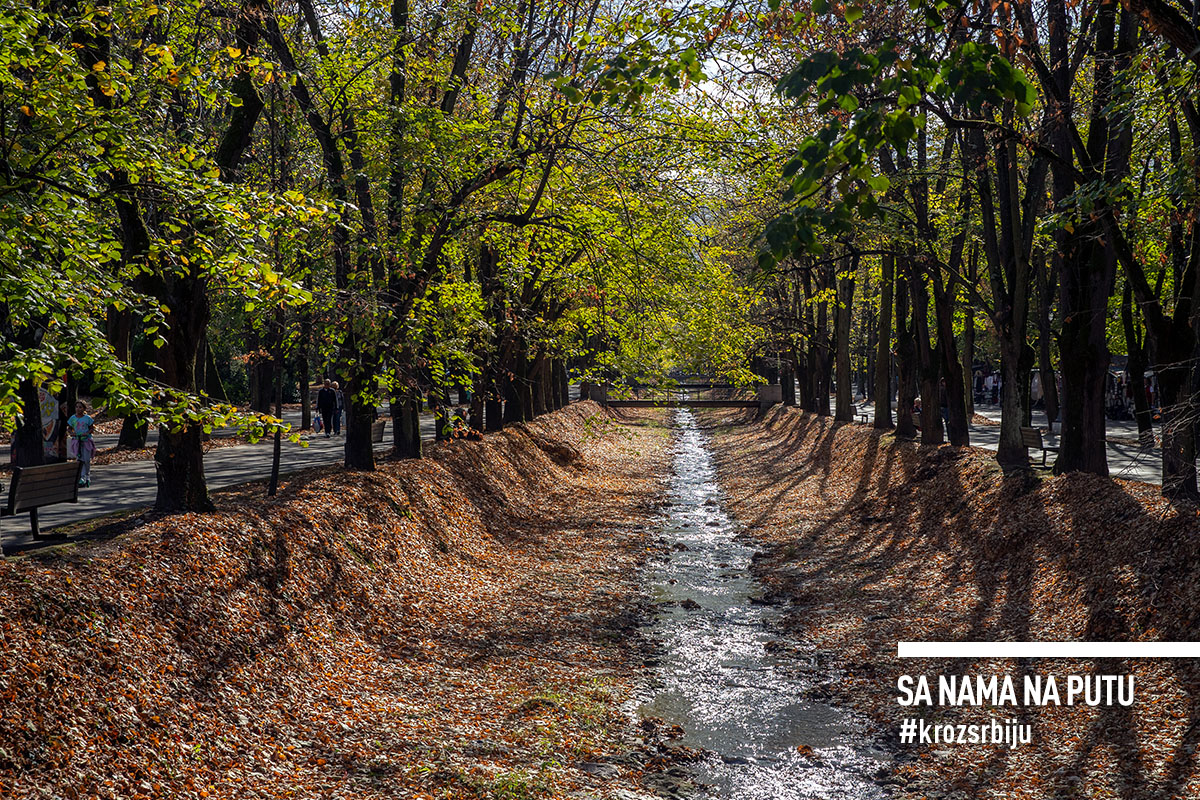
VRNJAČKA BANJA IS ALL-SEASON RESORT
At the altitude of about 220 meters above the sea level, protected from frosty winds by the Goč and Gledić Mountains, covered in thick woods, this area has always been salutiferous and soothing. Who and when was the first to discover and benefit from the mineral waters of this spa is not known for sure. The Romans most certainly did. A testament to this is a Roman fount teaming with a myriad of coins with images of Roman emperors. During the rule of the Ottomans, the people buried healing springs to prevent the conquerors from indulging in their bounteous effects. With liberation from the Turks, the development of a modern spa began.
Today, the Vrnjačka Banja Spa is the most famous and most visited resort in Serbia. In addition to seven well-known springs of mineral water, well-arranged so that you can refresh and invigorate yourself while walking and exploring, it is also adorned with a considerable number of noble antique villas with luxurious architecture. The Belimarković Castle, today home to the Local Area Museum, is particularly noteworthy. It is particularly proud of its bridges over the Vrnjačka River. The most famous is the Bridge of Love. It is totally covered in padlocks with which lovers lock their hearts together. It preserves the memory of two young people who were separated by the whirlwind of the Great War. The Serbian soldier did not return from the battlefield in Greece because of his new love, and his beloved withered from grief.
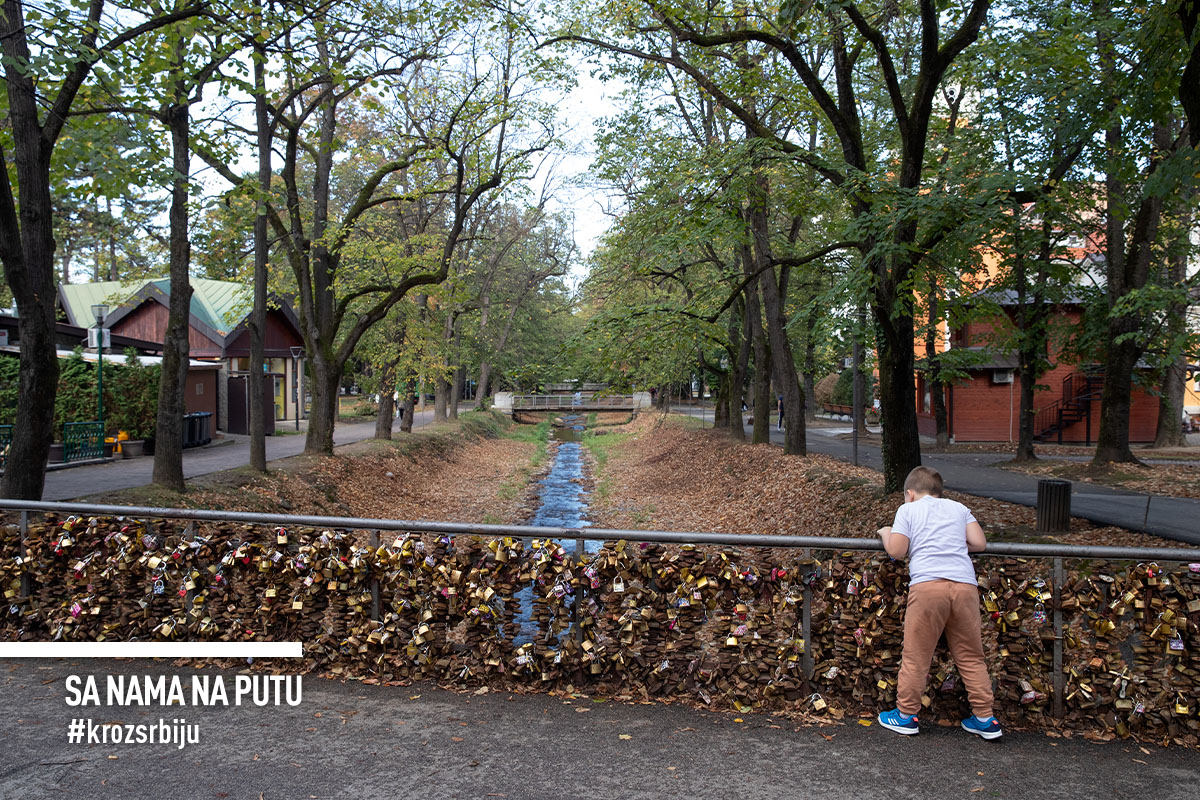
The poetic spirit of the spa is expressed on the Scrapbook Bridge, where boards with verses by famous Serbian poets are placed, while the Distance Bridge indicates the distance to certain world metropolises. The Golden Bridge celebrates mathematics, perhaps the only one in the world dedicated to this science feared by many schoolchildren, which preserves the memory of the grandmaster Svetozar Gligorić who played a simultaneous chess display on several dozens of chess boards by the river. Then, there is little bridge called “Ko to tamo peva” (or: Who dares to sing there?!) is a kind of homage to film artists who were welcome guests of the spa, especially Danilo Bata Stojković and his unforgettable line: “I would drive the bus this way”. Even the indestructible Mr. “Big Moustache” would hardly be able to do it over a tiny structure, but kudos for the idea. Every bridge has its own story and there is a lot to learn.
There are plenty of entertainment and sports events for all ages. Arranged playgrounds for children, an artificial rock for climbing, a zoo, carriage rides, a cinema… Among the newest attractions is the Ferris wheel, which allows you to observe the environment from a height of 50 meters, and the large water park Raj (or paradise in Serbian). By constantly enriching the contents, the dwellers of Vrnjačka Banja managed to transform their medicinal spa into a tourist resort that lives healthy and vibrantly all year round.
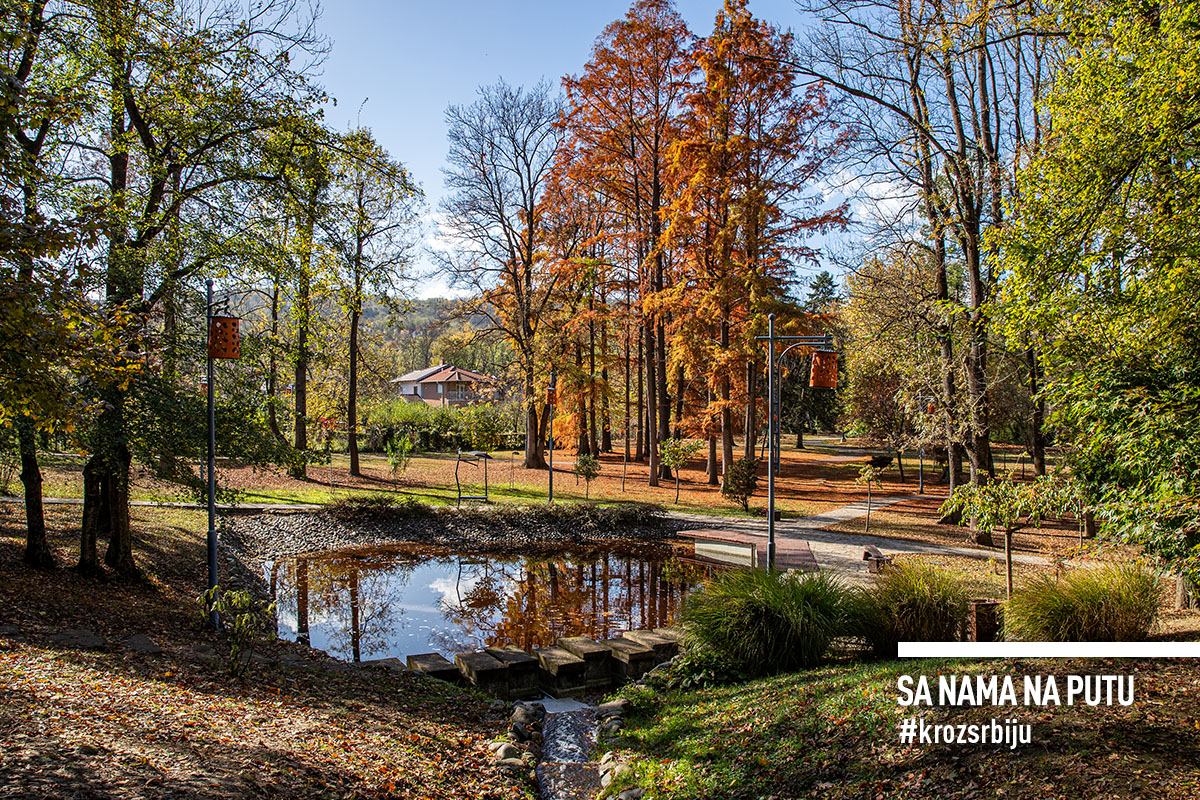
FAR EAST SPIRIT PERMEATES JAPANESE GARDEN
The best way to bring together two different cultures and two distant peoples is through nature. The garden inside the main spa park is decorated according to the Japanese concept – an artificial pond, a cascading waterfall, a wooden bridge, narrow paved paths, a wooden tea house, and unusual lamps that illuminate it at night. The art of simple, asymmetrical lines that reflect the harmony of nature. It exudes the scents and colours of a distant island country. And of course, everything is spick and span, Japanese way. Well, the Japanese know not only how to work, but also how to create a perfect natural oasis for rest and relaxation. Along with the one in Belgrade, it is the only Japanese garden in Serbia.
Right next to it is the Vrnjački Labyrinth. Along a kilometre-long path, you may wander through a green corridor made of 440 conifers in search of an exit. Feel free to enter; there are no vicious dragons or traps. A very nice addition to the overall natural atmosphere.
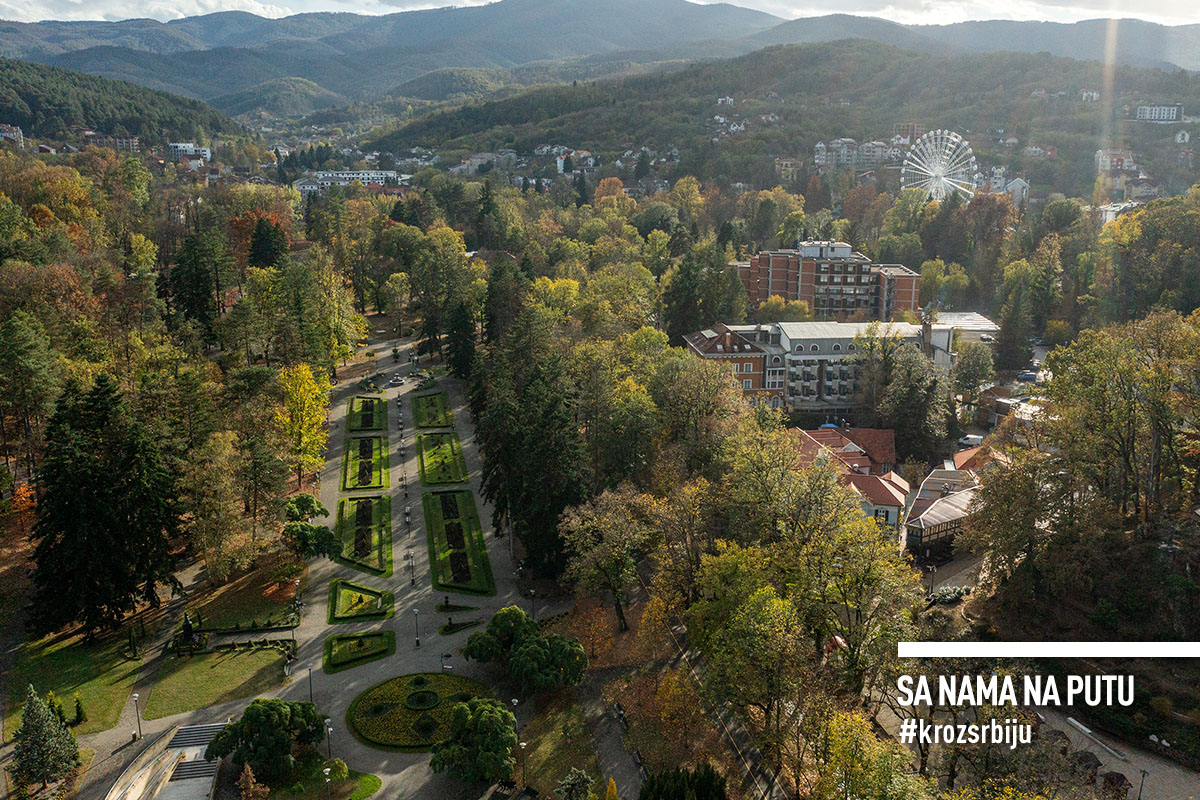
A WALK IN THE PROMENADE OF VRNJAČKA BANJA IS UNFORGETABLE EXPERIENCE
The promenade stretches along the banks of the Vrnjačka River. Shallow during most of the year, calm and quiet, it murmurs sometimes only under the dense canopy of linden trees, whose branches hug above it. They spread divine scents in the spring! We must return to the time when the lindens are in bloom. Numerous bridges make it easy to cross the river. On one side is a park with hundred-year-old trees, diverse lush vegetation and colourful flower arrangements. Artistic touches are given by sculptural works placed everywhere. It is undoubtedly one of the most beautiful and well-kept parks we have visited. On the other bank, there are wooden stalls with various trinkets, pictures and souvenirs, many cafes, restaurants and hotels, some located in old, luxurious buildings. In the central part are the fountain and Gočak, a sparrow dressed in the national costume of central Serbia, the symbol of the spa. From the other bank rises the church dedicated to the Blessed Virgin Mary, a newer building with an unusual orange-toned facade colour. Lively, attractive, cheerful, and relaxed. Clean and tidy. Good for the locals, but also for the visitors.


